How serious is the risk of our rainforests becoming endangered?
Very! We only have relicts left of once vast expanses — the smaller the fragments, the greater the risk of extinctions. We are incredibly blessed that rainforests still even exist in Australia today given they covered most of the 769 million hectare Australian land mass. That was until about 30 million years ago. At least 99.6 per cent of those vast ancestral forests were lost as global climates deteriorated and humans started clearing them — things got even worse during the last Ice Ages when only rainforests in refugia survived. These rainforest refugia amount to only about one per cent of rainforests we see in Australia today. Springbroom is one of them.
Refugia are vital but vulnerable. These small areas preserve continuously stable conditions akin to ancient palaeoclimates where rainforests can continue to survive despite climate extremes. It is from these refugia rainforest expand again when climate conditions improve. This recovery process can take thousands of years. Refugia can only function as stable safe havens if the buffering processes responsible for them remain intact. Clearing for any sort of infrastructure (powerlines and towers, roads, buildings) and inappropriate burning regimes can set in train a long, slow trajectory of extinctions and ultimate loss of the ‘Outstanding Universal Value’ upon which World Heritage listing hinges.
Without long-term ‘systems’ thinking we will fail. We have to think long-term when we plan how to protect our Gondwanan inheritance. Without refugia there would most likely be NO rainforests in Australia today. The risk is we could jeopardise the long-term future of the Gondwana Rainforests of Australia World Heritage Area if we don’t identify where these refugia are to protect them. We should also restore those that have been lost.
Key questions to answer to stave-off our World Heritage becoming endangered
The Operational Guidelines of the World Heritage Convention provide the leads:
- Where exactly are the vital refugia that rainforest survival depends upon? What are their needs and what specifically do we need to do to ensure they survive?
- Where are the critical habitats, landscape linkages and buffers that need repairing and safeguarding?
- What areas still need to be protected to ensure the Outstanding Universal Value of this World Heritage Area does not degrade?
- What are the information gaps we need to fill in order to better manage and protect our World Heritage Areas for all future generations?
Key indicators for refugia
Key indicators for refugia include intact canopies of old-growth forest and concentrations of relict ancient plant and animal lineages. Rainforests around the Tweed Caldera contain the most important subtropical rainforest refugia known.
Springbrook is the core surpassed by few others in the entire Gondwana World Heritage Area — it’s the wettest area in Australia outside the Wet Tropics and Tasmania, and so the closest modern-day analogue of those ancient palaeoclimates under which so many species that underpin Outstanding Universal Value of the Gondwana Rainforests of Australia World Heritage first appeared. Its safety is not guaranteed.
What are some of the information gaps we need to fill?
Information from Queensland, epecially Springbrook, was way poorer than from New South Wales when ARCS prepared the World Heritage Nomination for the Federal Government in 1992. Great progress has been made on the biodiversity, phylogeny and biogeography of invertebrates, fungi, plants, birds, reptiles and mammals since then. An official update is overdue. Our own work at Springbrook has dramatically increased what is known to be here but there are still many gaps with many areas that have not been surveyed at all and new species continue to be found:
- plant records from Springbrook have increased from 634 species of vascular plants in 1992 to 1204 in our ARCS database today; new studies on their evolutionary significance need to be brought into the picture for better management and protection;
- there was no comprehensive table of invertebrates able to be compiled for the 1992 Nomination; this is still a big gap even in our ARCS Springbrook Rescue website;
- there was virtually nothing available on fungi; we know so much more now through our collaboration with the Queensland Mycological Society, yet more still await discovery;
- in forthcoming blogs we will also focus on reptiles as no reptiles were recorded for Springbrook back then; the reptile page on our Springbrook Rescue website is well advanced but is still incomplete;
- birds too will be another focus as only 17 birds were reported in that nomination compared with over 200 recorded by ARCS today. Dr Jan Blok is helping compile comprehensive information on them all, illustrated by some fantastic photographers, which will be a joy to publish.
Our Springbrook Science Program (October 2016 to February 2017)
Over the Spring and Summer months, ARCS is hosting a series of important science programs on Springbrook Plateau in collaboration with the Queensland Parks and Wildlife Service, Springbrook Wildlife Appreciation Group (SWAG), the Entomological Society of Queensland (ESQ) including scientists from the Queensland Museum, University of Queensland and the CSIRO.
It first focuses mainly on the diversity and distributions of invertebrates for good reasons:
- invertebrates hold vital clues to the biodiversity of our Earth, its origins, its health and its fate in a world we are dramatically changing;
- they serve critical ecological functions;
- we need more comprehensive information on their diversity, distribution and evolutionary history than was available for the original Nomination;
- finding new species with Gondwanan or more ancient origins only strengthens World Heritage values of this Site, hence stronger evidence-based grounds for its protection;
- many invertebrates are excellent environmental indicators of ecosystem health and recovery after disturbance or the success of ecological restoration programs. Dung beetles are prime examples;
- invertebrates provide early warning signs of climate change impacts (of concern is the dearth of insects (and insectivorous birds) seen this year due to so many very dry months;
- they are the least studied group of animals at Springbrook;
- we scan make very rapid advances in the state of knowledge of this group as the ecological gradients here are so compact and diverse one doesn’t have to go far to sample many very different environments;
- finds to date augur great promise for a Science Program such as ours.
The Springbrook Science Program
includes:
- a talk on 29 October on Australian dung beetles by renowned beetle expert Dr Geoff Monteith (Queensland Museum) on 29 October — this is a perfect introduction to a citizen-science survey of dung beetles on Springbrook Plateau;
- a citizen-science survey of dung beetles on Springbrook Plateau over the summer months starting 19-20 November, headed by Dr Geoff Monteith (Queensland Museum) and Kathryn Ebert (University of Queensland);
- the annual ‘BugCatch’ of the Entomological Society of Queensland will this year be held at Springbrook on the ARCS property, Ankida, in November;
- a two-week survey of beetles in January by renowned entomologist, Dr Adam Slipinski (CSIRO), and colleagues; Adam is a recognised authority on Australian beetles and the evolution, phylogeny and classification of beetles generally;
- a visit in February by British entomologist and expert on stick insects, Paul Brock from the Natural History Museum, London;
- conclusion of the citizen-science based dung beetle surveys in late February 2016; those involved will reconvene to sort and help identify the finds; a report will be available to all participants within 6 months of the conclusion of surveys;
- a Fungi Survey of Springbrook fungi by Queensland Mycological Society members in late February; a report on the fungi of Springbrook including field guides will be produced later in the year that brings together the results of surveys over the 10 years.
Here are lots more details on element of the current Program.
“Dung Beetle Survival is Essential for the Survival of All Living Creatures” — a talk by Dr Geoff Monteith 29 October
| “Dung beetle survival is essential for the survival of all living creatures” Dr Geoff Monteith 2.00 pm, Saturday 29 October 2016 Springbrook Community Hall Carricks Road, Springbrook | 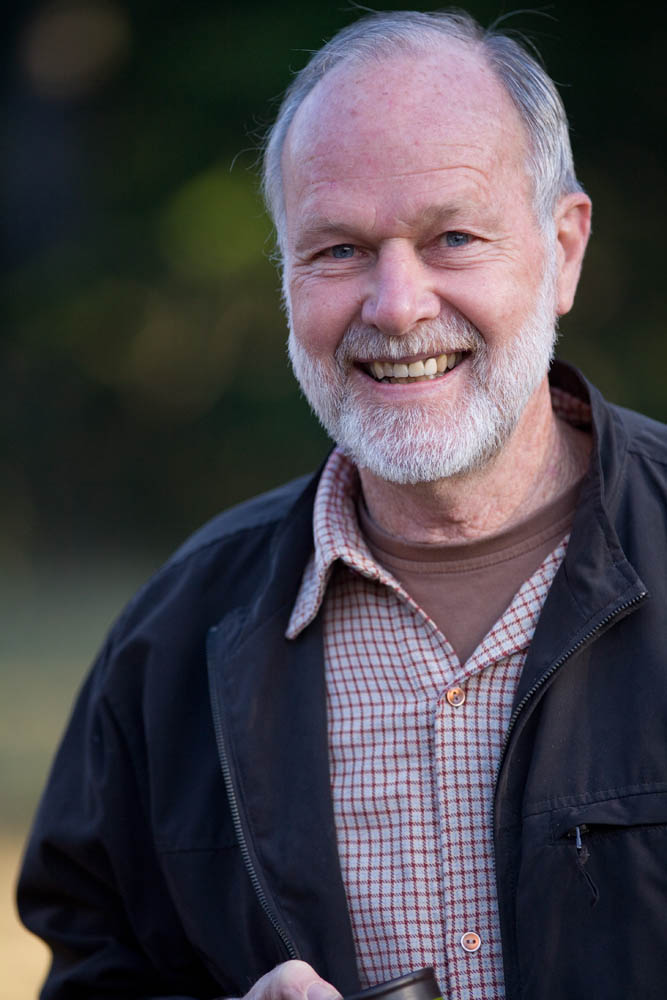 |
ARCS is hosting a very special talk on Australia’s dung beetles by renowned entomologist and collector, Dr Geoff Monteith. You will be enthralled!
Geoff was Curator then Senior Curator of Entomology at the Queensland Museum from 1978 to 2006 when he retired. He is an indefatigable and passionate explorer of the relationship between insects and plants and their environment. He has done more to raise scientific and community awareness on the ecological irreplaceability of dung beetles than just about anyone else in Australia. His collecting and research establishing the Gondwanan origin of many beetle groups is surpassed by none. There are probably no high altitude rainforests especially in Australia, New Guinea, Lord Howe Island, or New Caledonia that Geoff has not combed.
Over the years he has amassed the largest collection of Australian Dung beetles that exists. He knows his stuff! This unparalleled collection at the Queensland Museum serves as an indispensible resource for scientists around the world in this field of research.
His work is held in such high esteem by his peers that countless species have been named after him and many books on insects are dedicated to Geoff in honour of his enormous contributions to science. Even a bus-load of visitors to Springbrook rushed over to him early this year excitedly asking “are you THE Geoff Monteith?” They became so engrossed in conversation they nearly missed their bus!
Dr Monteith is a charismatic, entertaining speaker appealing to all ages. He will be bringing some display drawers of dung beetles as well as books about dung beetles that may interest people. Kathryn Ebert from the University of Queensland is likely to bring some of her live Cephalodesmius nests that are part of her own research to show everyone. The life history of these beetles will amaze you!
This talk will be an excellent introduction to the Citizen Science Project to be run the following month in conjunction with Queensland Parks and Wildlife Service and Springbrook Wildlife Appreciation Group (SWAG).
Please make sure you note this in your diary and be sure to come. Click on the beetle below to RSVP. It will help us plan catering.
| The photographs were prepared by Geoff Thompson, a highly gifted artist and scientific illustrator, currently Collections Manager, Insects, Biodiversity Program at the Queensland Museum. He is receiving accolades for his stunning images on the state-of-the art digital imaging system at the Museum. Some have been selected by the Google Cultural Institute. Click on the 'expand' icon, then shift the slider to maximum to show just what their super computer can do! It's amazing! Click on the dung beetle images to enlarge. |
A Citizen Science Project on the Dung Beetles of Springbrook
(19-20 November)
This is a collaborative project involving ARCS, the Queensland Parks and Wildlife Service and the Springbrook Wildlife Appreciation Group (SWAG). It will be led by Geoff Monteith (retired Senior Curator of Entomology, Queensland Museum) and Kathy Ebert (University of Queensland).
The project can significantly increase our understanding of dung beetle biodiversity on the Springbrook Plateau especially its World Heritage values and state of health. Its success will depend entirely on the number of people who participate as we need to cover the widest range of ecosystems and habitats possible on private land. Those who have registered to participate will be briefed on Saturday 19 November on how and when to set the traps we provide them. They will return the following day to deliver the traps and can help with labelling and curating the samples collected.
Springbrook residents are welcome to continue the trapping over the summer months. Geoff will survey areas on National Parks and we will be asking Springbrook Rescue volunteers to help ARCS conduct the same surveys on all the restoration properties we are responsible for.
This should give us wide coverage to compare Springbrook’s dung beetles especially with those found from five other areas in South-east Queensland — Lamington Plateau (2006-07; Cubberla Witton (2009-10); Brookfield (2010-11); Beechmont Plateau (2013-14); and Upper Lockyer Valley (2015-2016).
By the end of summer Geoff will arrange a weekend for survey participants to help in identification of beetles that have been collected. A detailed report should be completed within six months, a copy of which will be available to all who participate. To give an idea of what to expect the report of a similar survey in the Lockyer Valley can be viewed on the Entomological Society’s web site.
The annual BugCatch weekend of the Entomological Society of Queensland — high hopes for new species!
“BugCatch” is a program of collecting trips run by the Entomological Society of Queensland, in conjunction with the Queensland Department of Environment. The aim is to utilise the specialist insect collecting and identification skills of the Society’s members to assist the Department compile lists of invertebrates for protected areas (National Parks, Nature Refuges etc). The lists of species generated by ESQ members are entered in the State Government’s faunal databases to help guide protection and management. BugCatch will be conducted this year at Springbrook on the ARCS property, Ankida, a registered Nature Refuge.
The Stick Insect Survey No.2 at Springbrook by world stick insect expert, Paul Brock — February 2017 (exact date to be finalised)
Paul Brock is a world authority on stick and leaf insects and is a Scientific Associate at the Natural History Museum in London. He is author of the best reference books on the subject. In fact we got to know Paul through his help on identifying many seemingly new stick insects we’ve found at Springbrook. They are now being formally described. Paul was excited about the finds and came specifically to Springbrook as our guest early this year to find these potentially new stick insect species for formal description and naming. We’ve yet to publish a blog post on his last visit. Paul is eager to give a public talk on stick insects when here again next year. His photography is excellent too.
A survey of Springbrook fungi (late February)
The Queensland Mycological Society (QMS) members will conduct a weekend survey of Springbrook fungi in late February — weather bureau predictions indicate it will be perfect for fungi then. QMS members have undertaken many surveys for us on a number of sites since 2007. Combined with results of our own work, over 200 species of fungi have already been recorded. The fungal Kingdom has diverse and essential roles in Earth’s ecosystems. We cannot afford to ignore this group. A report on the Fungi of Springbrook will be produced later in the year that brings together the results of surveys over the past 10 years.
Conclusion
This spotlight on entomology over the next five months will be another important step towards unravelling the refugial significance of Springbrook within the Gondwana Rainforests of Australia World Heritage Area. Insects probably evolved about 490 million years ago about when plants first colonised the land and so reflect major stages in the Earth’s evolutionary history. They represent most of the known species on our planet today.
All the projects over the next five months should help fill some critically important gaps in our knowledge of the hidden world of tiny and not-so-tiny creatures. We will have plenty to share and talk about over the coming days and months. Your comments and thoughts will be very welcome. We will all be the richer for it.
And please subscribe to our e-Newsletter so you don’t miss out on opportunities to join in or learn of exciting discoveries.
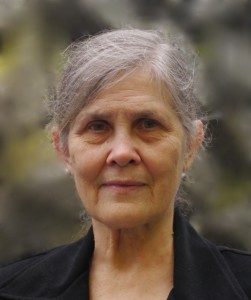
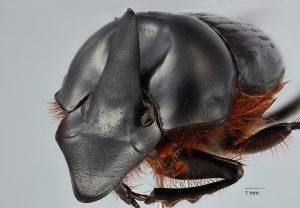
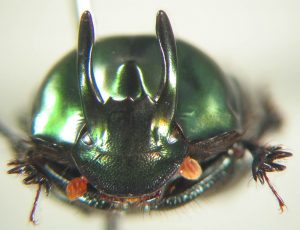
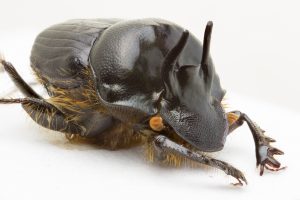
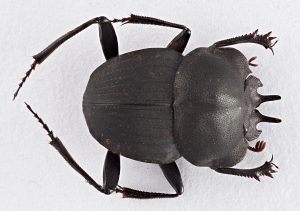
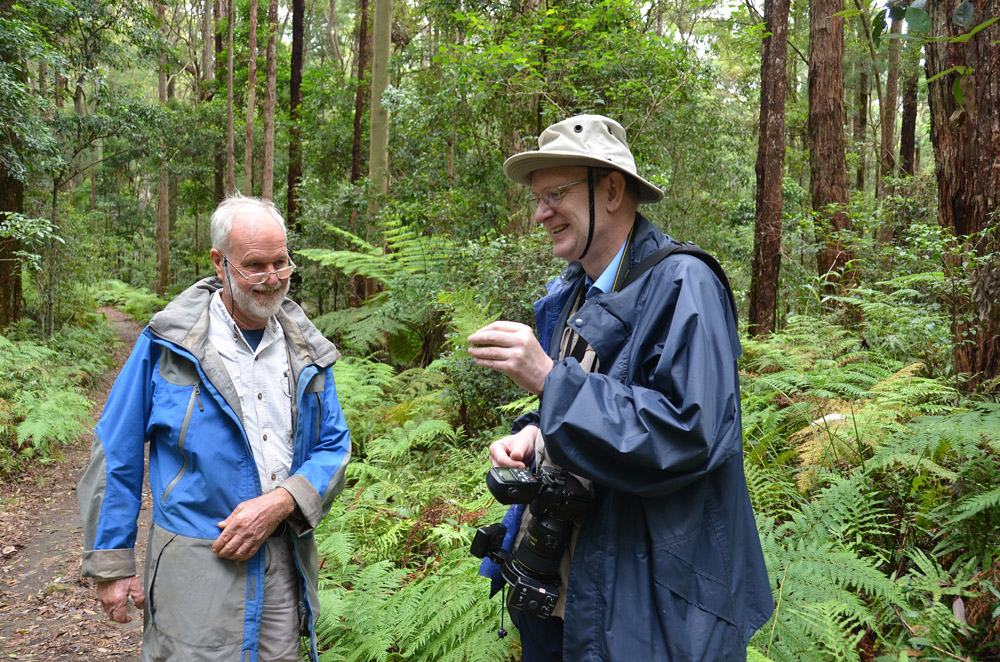
Hi there everyone, it’s my first go to see at this web page, and post is in fact fruitful in favor of me,
keep up posting these articles.